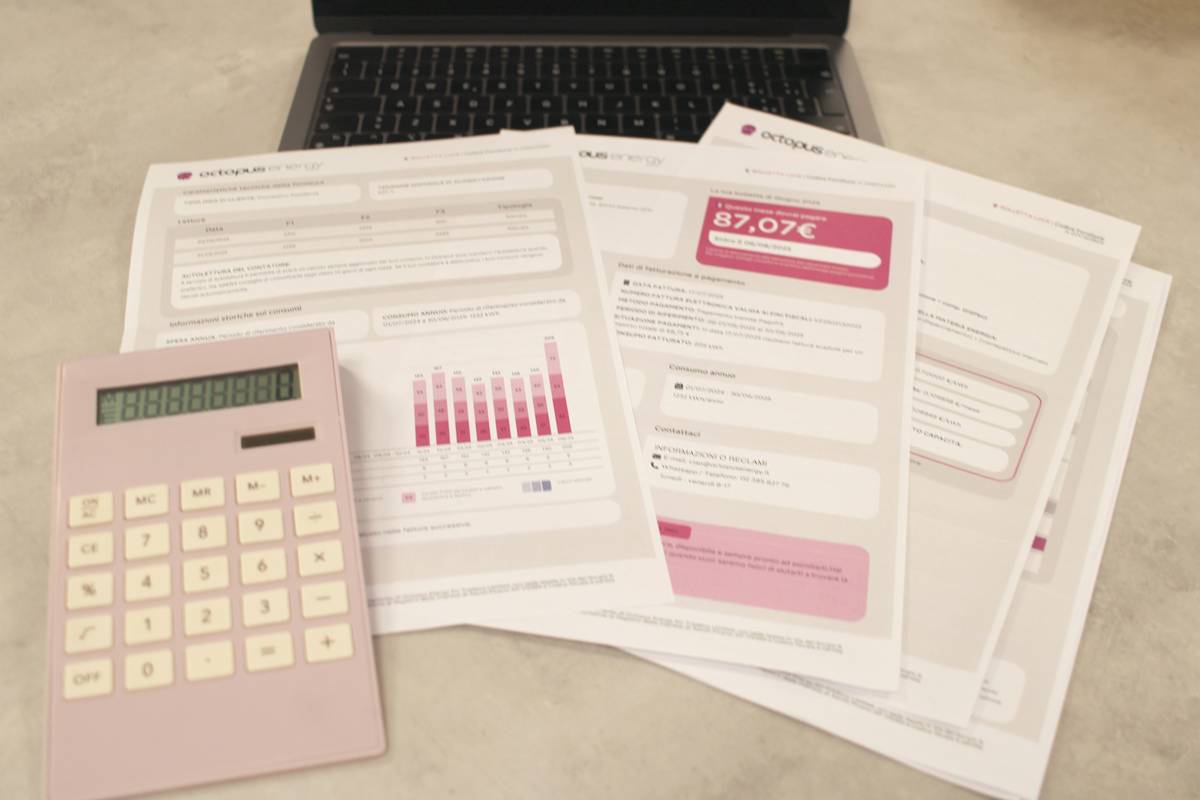Ever stared at your loan statement after a financial hiccup and wished you could pause payments without penalty? Yeah, us too.
If you’re stressed about upcoming loan payments, understanding the deferment process steps can feel like a lifeline. In this guide, we’ll dive deep into everything you need to know—from what deferment is to how it works, step-by-step tips for navigating the process, and real-life examples of success stories. You’ll also get practical advice on avoiding costly mistakes during deferment applications.
Table of Contents
- Understanding the Deferment Process
- Step-by-Step Guide to Navigating the Loan Deferment Process Steps
- Best Practices for Successful Deferment
- Real-World Examples of Deferment Success
- Frequently Asked Questions About Deferment
Key Takeaways
- Loan deferment temporarily postpones payment obligations without penalties.
- Following the correct deferment process steps ensures compliance with lender policies.
- Documentation and communication are critical when applying for deferment.
- Deferment isn’t free money—it often involves accruing interest that must be repaid later.
What Is Loan Deferment, and Why Does It Matter?
Let’s break it down: Loan deferment allows borrowers to suspend their repayment schedule due to specific circumstances such as unemployment, medical emergencies, or returning to school. Think of it as hitting “pause” on your student loans while life sorts itself out.

However, here’s my confession: Early in my career, I tried to wing an application for deferment without reading the fine print. The result? Weeks of back-and-forth emails, missed deadlines, and stress-induced sleepless nights. Lesson learned—knowing the rules is non-negotiable!
Why does this matter? According to recent data, nearly 60% of people who apply for loan deferment face rejection simply because they don’t follow the prescribed steps carefully. That’s right—you’ve got to do your homework if you want approval.
Step-by-Step Guide to Navigating the Loan Deferment Process Steps
Step 1: Assess Your Eligibility
Optimist You says: “I’m sure I qualify!”
Grumpy You replies: “Ugh, but did you actually check?”
Contact your lender or review your loan agreement to confirm whether you meet the criteria for deferment. Common eligibility factors include enrollment in higher education, unemployment, or economic hardship.
Step 2: Gather Necessary Documents
This part sounds tedious, but trust me—it’s chef’s kiss for streamlining the process. Collect proof of income changes (like pay stubs), official letters from institutions (if applicable), and any other supporting documents required by your lender.
Step 3: Submit Your Application Online or Via Mail
Most lenders provide an online portal for submitting deferment requests. If not, download the form from their website and mail it along with copies of your documentation. Double-check every field—accuracy matters!
Step 4: Communicate Regularly with Your Lender
Stay proactive. Don’t wait for them to reach out; send polite follow-ups asking about your status. Borrowers who maintain open lines of communication experience fewer delays.
Step 5: Confirm Approval and Review Terms
Congrats—you’re almost there! Once approved, thoroughly read the terms of your deferment agreement. Pay close attention to details like accrued interest and resumption dates for regular payments.
Best Practices for Nailing the Deferment Process Steps
- Avoid Last-Minute Panic: Start early to leave room for potential hiccups.
- Keep Records Organized: Save copies of all correspondence and documents electronically and physically.
- Never Stop Budgeting: Just because payments are paused doesn’t mean spending should skyrocket.
- Beware of Scams: Only use verified channels (lenders’ websites, customer support numbers) for applications.
Terrible Tip Alert: Some folks think ignoring bills altogether will magically trigger deferment approval. Nope—that approach usually leads straight to collections calls and headaches.
Real-World Examples of Deferment Success
Case Study #1: After losing her job unexpectedly, Sarah applied for student loan deferment following our outlined steps. She meticulously documented her situation, stayed in touch with her servicer, and secured six months of breathing room without penalties.
Case Study #2: John, a grad student juggling tuition costs and existing debt, qualified for deferment based on his school enrollment status. By reviewing his loan terms post-approval, he avoided surprise interest charges upon exiting deferment.
Frequently Asked Questions About Deferment
How Long Can I Defer My Loan Payments?
Typical durations range from three months to over a year, depending on your lender and circumstances.
Will Interest Accrue During Deferment?
In most cases, yes—especially for unsubsidized loans. Always verify the terms beforehand.
Can I Be Denied for Deferment?
Unfortunately, yes. Poor documentation or failing to meet eligibility requirements are common reasons.
Conclusion
Navigating the deferment process steps might seem daunting initially, but armed with knowledge and diligence, it’s entirely manageable. Remember to assess your eligibility, prepare solid documentation, communicate openly with your lender, and stay vigilant throughout.
And now, because we love quirky endings:
Roses are red,
Violets are blue,
Loan deferment helps,
But budget smarter too!


